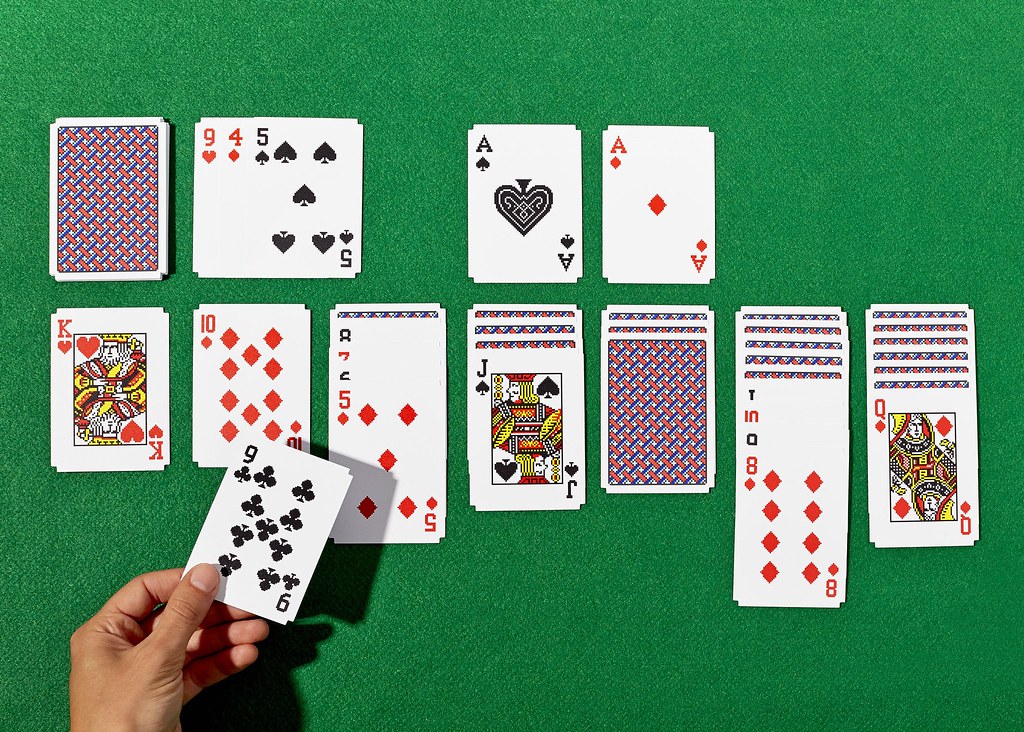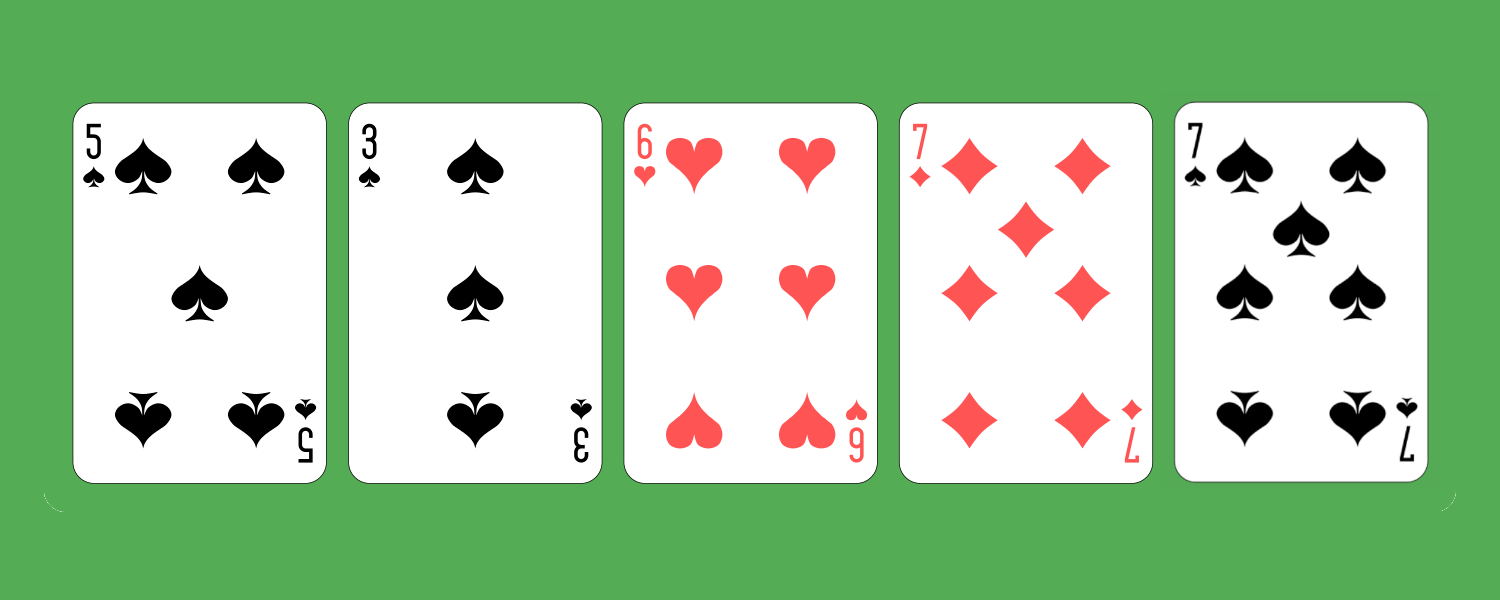How to Play Solitaire like a Pro: Mastering the Classic Card Game
- 1 Understanding Solitaire
- 2 Tips to Play Solitaire Like a Pro
- 2.1 Plan Your Moves:
- 2.2 Prioritize Foundation Piles:
- 2.3 Create Empty Columns Strategically:
- 2.4 Utilize Free Cells:
- 2.5 Expose Face-down Cards:
- 2.6 Keep Alternating Colors:
- 2.7 Use Undo Sparingly:
- 2.8 Stay Flexible:
- 2.9 Stay Patient and Persistent:
- 2.10 Study Patterns and Strategies:
- 3 In summary
- 3.1 FAQs:
- 3.1.1 How many cards are typically used in a game of Solitaire?
- 3.1.2 Can I move more than one card at a time in Solitaire?
- 3.1.3 What happens if I run out of moves in Solitaire?
- 3.1.4 Is there a time limit in Solitaire?
- 3.1.5 Can I undo moves in Solitaire?
- 3.1.6 How do I win a game of Solitaire?
- 3.1.7 Are there different variations of Solitaire?
- 3.1.8 Can I play Solitaire online?
In short:
- Plan your moves carefully, considering the consequences and anticipating future moves.
- Prioritize building foundation piles to establish a solid base for your game.
- Stay flexible, patient, and persistent, adjusting your strategy as the game unfolds.
Solitaire, often called Patience in some parts of the world, is a timeless card game enjoyed by millions around the globe. Especially since, thanks to platforms like Solitaires, you can now play online anywhere and anytime. Whether you’re playing a simple 1 card Solitaire or a more challenging Solitaire 3 card draw, mastering the game requires skill, strategy, and a keen eye for detail.
Understanding Solitaire
Solitaire, a solitary card game, involves maneuvering a standard deck of 52 cards to accomplish a set goal. In Klondike Solitaire, the predominant version, players arrange cards into four foundation piles, beginning with Ace and culminating in King, sorted by suit. The game also features a tableau where players can organize cards in descending order and alternate colors to uncover hidden cards and move them to the foundation piles.
Tips to Play Solitaire Like a Pro
Plan Your Moves:
Take time to analyze the layout of the cards and plan your moves accordingly. Consider the consequences of each move and anticipate how it will affect the rest of the game.
Prioritize Foundation Piles:
Give priority to establishing foundation piles right from the start of the game. Try to move Aces to the foundation as soon as possible, as they provide a solid base for building sequences.
Create Empty Columns Strategically:
Empty columns are valuable assets in Solitaire. Use them strategically to maneuver cards and create opportunities to uncover hidden cards. Yet, refrain from generating excessive empty columns, as this could constrain your choices in the game’s later stages.
Utilize Free Cells:
In some Solitaire variations, you may have free cells to store cards temporarily. Use these cells wisely to facilitate strategic moves and organize your tableau effectively.
Expose Face-down Cards:
Always aim to uncover face-down cards in the tableau. Focus on making moves that uncover concealed cards, as they offer increased chances for strategic maneuvers and advancement in the game.
Keep Alternating Colors:
When building sequences in the tableau, alternate colors (red and black) to ensure card compatibility. This allows for smoother gameplay and prevents getting stuck with unplayable card configurations.
Use Undo Sparingly:
While the undo feature can assist in rectifying errors, it’s advisable to refrain from excessive dependence on it. Use it only when necessary, as excessive undoing can disrupt the game’s flow and detract from the challenge.
Stay Flexible:
Stay open to adjusting your strategy as the game unfolds. Unexpected card movements or opportunities may emerge, necessitating flexible planning to maximize success.
Stay Patient and Persistent:
Solitaire can be a challenging game but don’t get discouraged by setbacks. Stay patient, stay focused, and persevere through difficult situations. With practice and determination, you’ll improve your skills and achieve success in the game.
Study Patterns and Strategies:
Take the time to observe common patterns and strategies experienced Solitaire players employ. Gaining insights from observing others’ gameplay can offer valuable lessons and assist in refining your approach to the game.
Incorporating these detailed tips into your Solitaire strategy will enhance your gameplay skills and increase your chances of success.
In summary
Mastering Solitaire requires strategic planning, careful consideration of moves, and adaptability to changing game conditions. Prioritize building foundation piles, utilize free cells and empty columns strategically, and aim to uncover hidden cards to progress efficiently. Stay patient, persistent, and flexible in your approach, and study patterns and strategies to improve your gameplay over time. You can enhance your Solitaire prowess through consistent practice and dedication and achieve success in this timeless card game.
FAQs:
How many cards are typically used in a game of Solitaire?
A standard deck of 52 cards is used in most versions of Solitaire.
Can I move more than one card at a time in Solitaire?
Yes, you can move sequences of cards in descending order and alternating colors.
What happens if I run out of moves in Solitaire?
If you can’t make any more moves, you can reshuffle the tableau except for the foundation piles.
Is there a time limit in Solitaire?
No, there is typically no time limit in Solitaire. Players can take as much time as they need to make their moves.
Can I undo moves in Solitaire?
Yes, most Solitaire variations offer an undo feature, but it’s recommended to use it sparingly.
How do I win a game of Solitaire?
To win, you need to move all the cards to the foundation piles, sorted by suit and in ascending order.
Are there different variations of Solitaire?
Yes, there are numerous variations of Solitaire, each with its own rules and objectives.
Can I play Solitaire online?
Yes, there are many online platforms and mobile apps where you can play Solitaire for free.


















